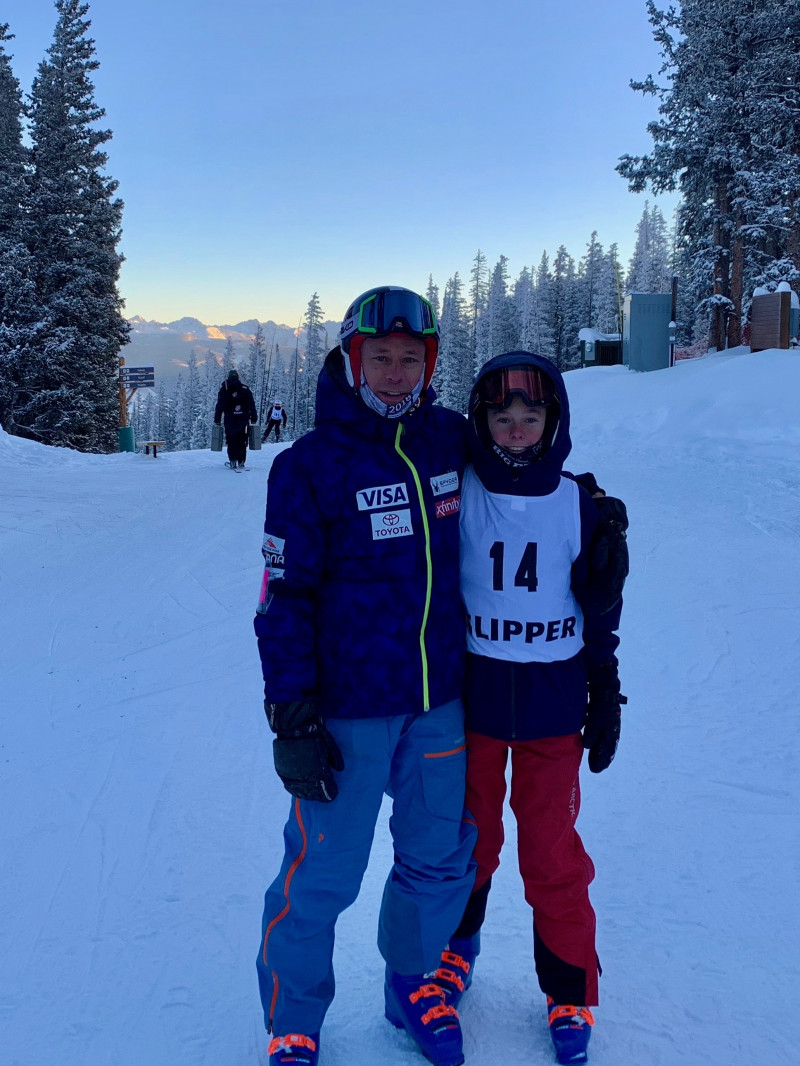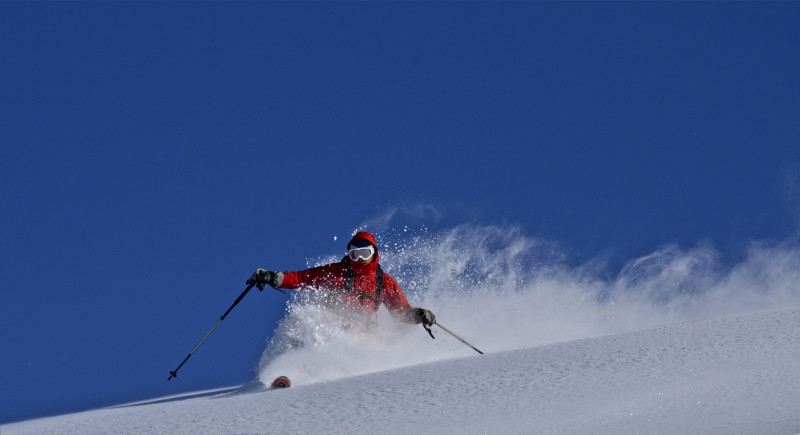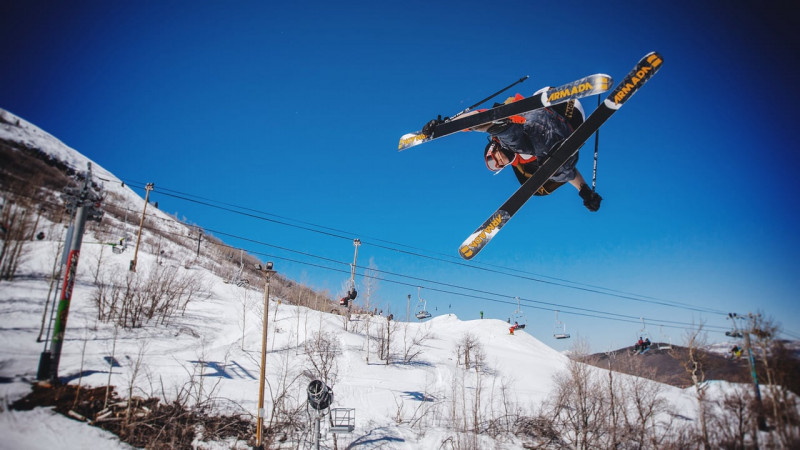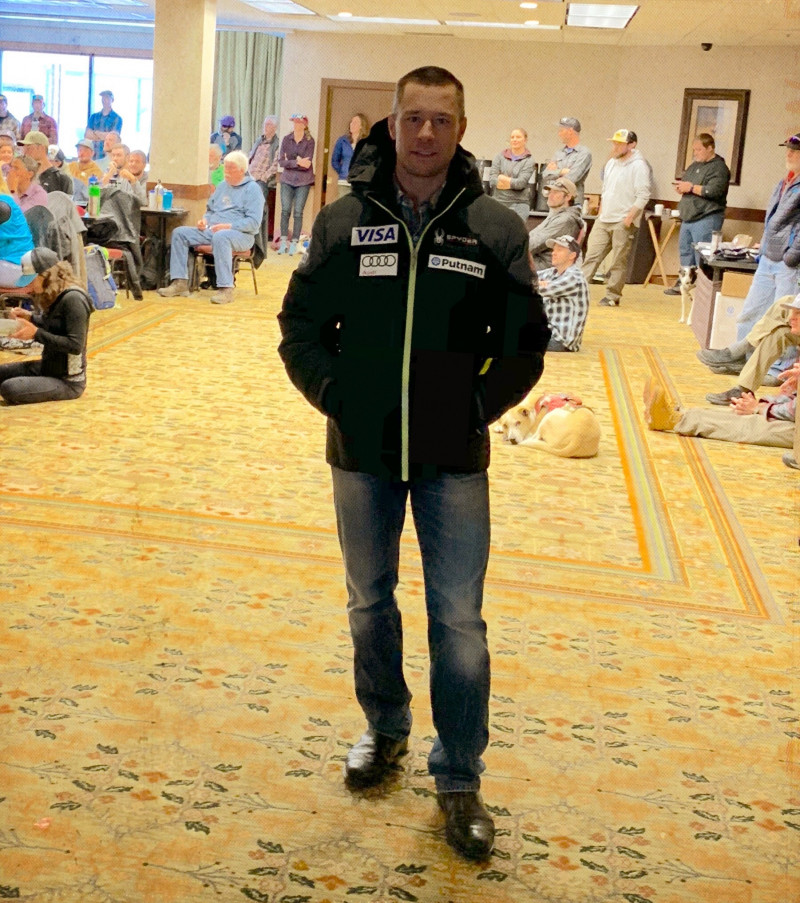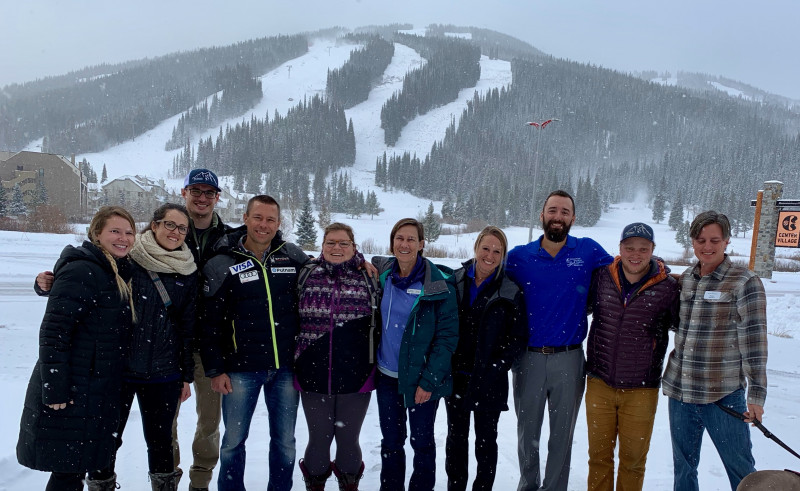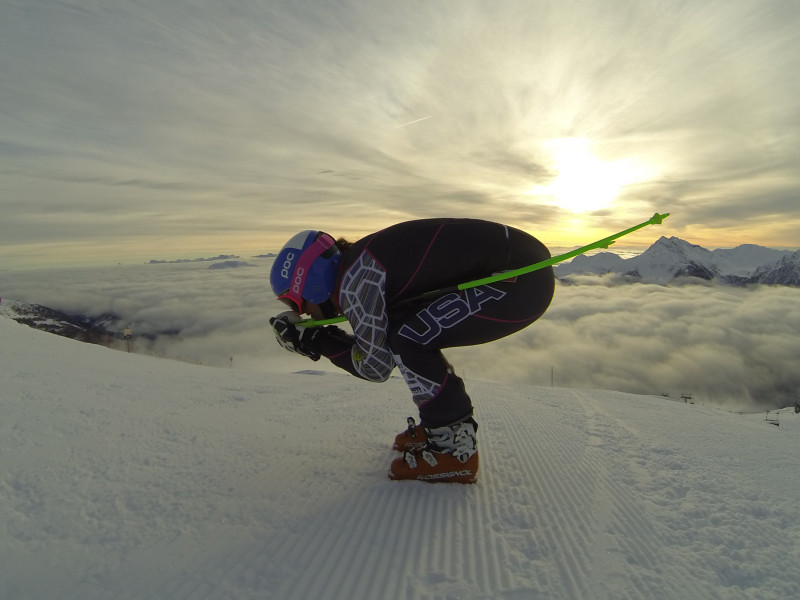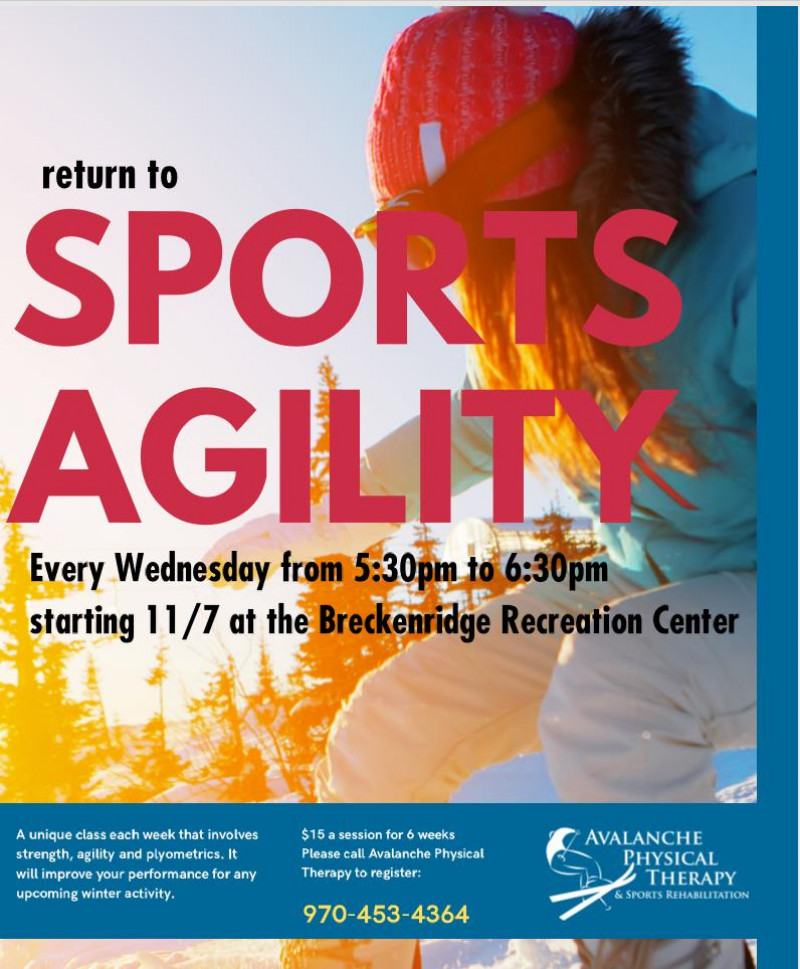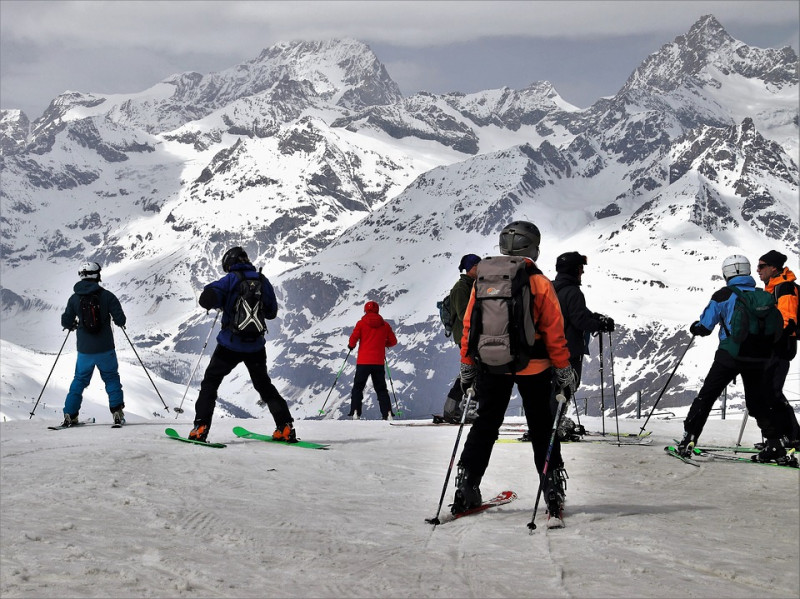Dr. Dorf and Vail-Summit Orthopaedics is a proud sponsor of the Cycle Effect. The Cycle Effect is a public charity that allows young women the opportunity to participate in the joys of cycling and grow as an individual.
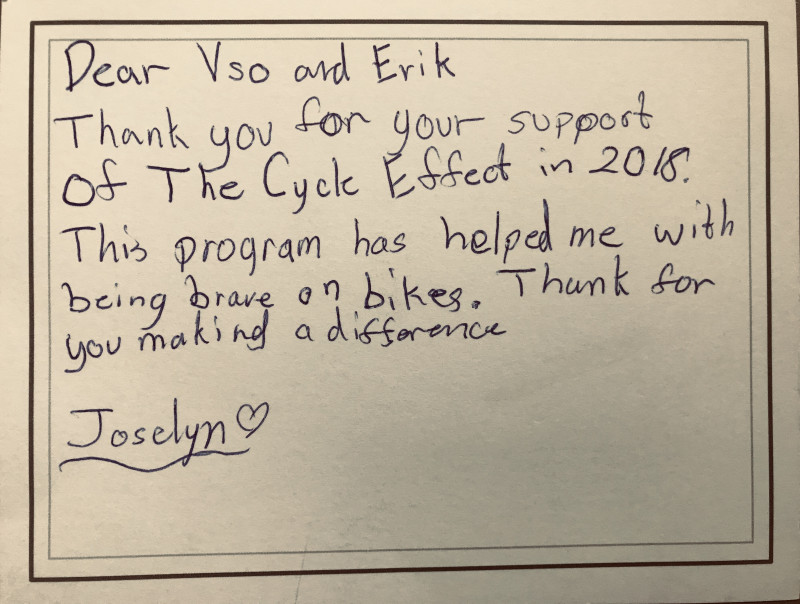
The Cycle Effect helps young women with stress management and facilitates a healthy lifestyle. They also teach young women about the importance of being involved with the community.

